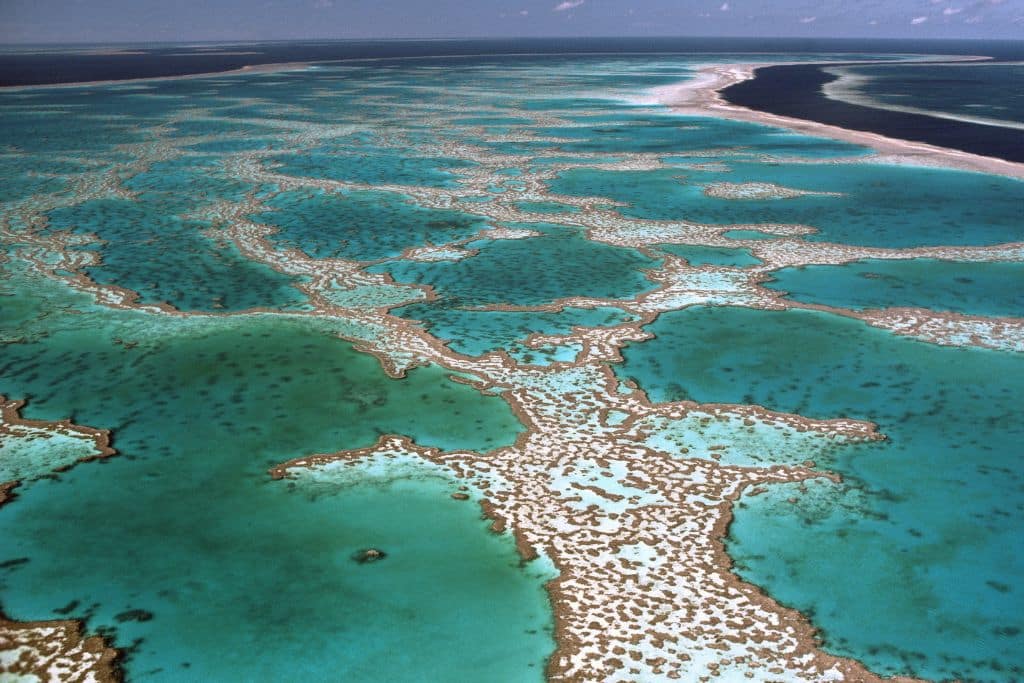As November temperatures in Australia reached their highest since 1985, experts fear a series of mass coral bleaching events for the second summer in a row. The Great Barrier Reef is the world’s longest and largest coral reef ecosystem.
—
Australia’s Great Barrier Reef should be classified as a world heritage “in danger”, a UN panel recommended on Tuesday.
The world’s largest and longest coral reef ecosystem, already threatened by climate change and warming oceans, risks another mass bleaching event for the second consecutive summer as Australia’s temperatures reached record highs this November.
“According to NOAA’s [US National Oceanic and Atmospheric Administration] predictions there’s a good chance we will see another back-to-back bleaching event,” said Professor Terry Hughes, a leading expert on coral bleaching at James Cook University in Queensland. “That was not supposed to be happening until the middle of this century.”
Coral bleaching is a phenomenon in which coral reefs expel the microscopic marine algae called zooxanthellae that live in their tissues when under stress – be it heat, ocean acidification, or human activity – and as a result, causes corals’ tissues to become transparent and lose its signature vibrant colours, exposing its white exoskeleton underneath.
The most notable mass bleaching events occurred in 2016 and 2017, leading to the disappearance of a stunning 50% of Australia’s famous reef. While major efforts have since been put in place to reduce coral bleaching, the scale of mortality has proven increasingly difficult for the reef system to regrow and replenish, a report by the UN Educational, Scientific and Cultural Organization (UNESCO) suggested.
Earlier this year, Australian government scientists confirmed the reef was undergoing its sixth mass bleaching event on record, with more than 90% of the corals surveyed along the Great Barrier Reef this year found to be bleached.
Under the new leadership of the recently elected Prime Minister Anthony Albanese, Australia’s labour government pledges to spend AU$1.2 billion (US$800 million) to protect the Great Barrier Reef in coming years. The party also increased the country’s climate targets ahead of COP27, committing to a 43% emission reduction target by the end of the century.
You might also like: Frequency of Australia Bushfires and Extreme Weather Events Set To Increase As Climate Crisis Worsens, Report Warns


















